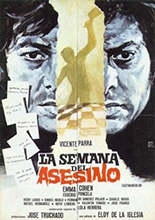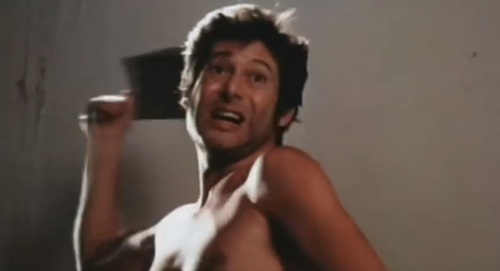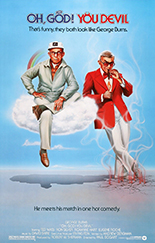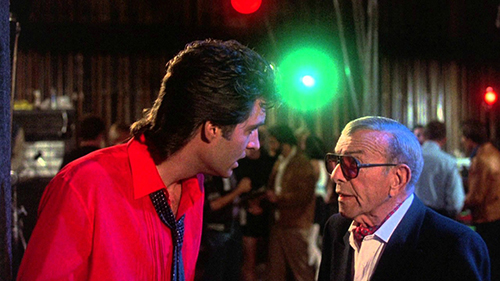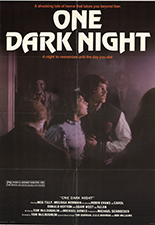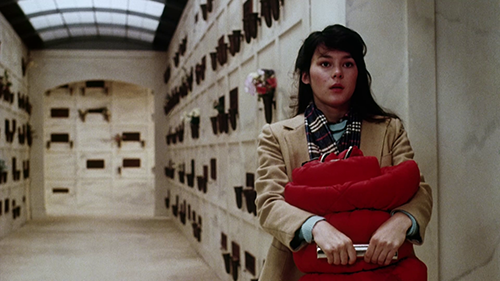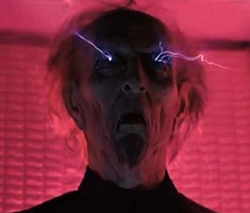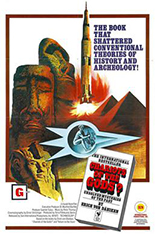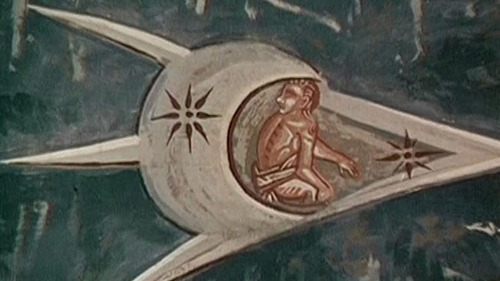
 I love God. I love his compassion, his grace and his absolute comfort in times of need. That being said, I also fear God and, if you’re like me, the religious exploitation flicks of Earl Owensby are probably right up your sinful alley.
I love God. I love his compassion, his grace and his absolute comfort in times of need. That being said, I also fear God and, if you’re like me, the religious exploitation flicks of Earl Owensby are probably right up your sinful alley.
One of the biggest distributors of regional religious films in the ’70s — always with a bent towards horror, mind you — Owensby and his crew were out to save whatever souls possible, by whatever means necessary, even if it means by pushing every holy fear they have and, viewing many of his movies late at night as a child, that truly hit home.
A Day of Judgment, however, is one I had never seen before. Playing like a rather depressive episode of a homemade version of The Waltons, the film is set in a ’30s-era small town, where all types of sinful shenanigans are going on, usually leading to a form of murder most foul, perhaps the worst.
From the chubby bank president who tries to take away an Amish-bearded farmer’s land to a skanky dress salesman and his boss’ wife, from the hotheaded gas jockey who puts his parents away in an old folks’ home to a batty old dame who kills an adorable goat for entering her property, it may sound like typical Peyton Place fare, but takes an abominably hellish turn in the last few minutes.
See, if you’ve even looked at the Holy Bible, you’d know that God doesn’t take too kindly to their sinful actions, so he sends his emissary of death to the small town to reap every single sin they’ve ever sown, some in extremely graphic detail that I’m sure Owensby was able to rationalize to the Christian parents of America.
Leading a near-conga line of these sinners straight to the abhorrent gates of fire and brimstone, director C.D.H. Reynolds springs the terrible deeds of evil on the viewer’s sensibilities, much like a Jack Chick tract come to breathing, snorting life, with the hope of salvation — these days, at least — being completely up to the soul of the viewer with a head-scratching ending.
With plenty of summer-stock acting, grade-school special effects and other unholy trash that’ll make the most spiritually troublesome of viewers giggle and snort, as terrible as the film is — and, to be fair, it truly is — hopefully just by watching, they’ll earn some points with Jesus when Death come knocking on their door. I sure hope I did. —Louis Fowler


